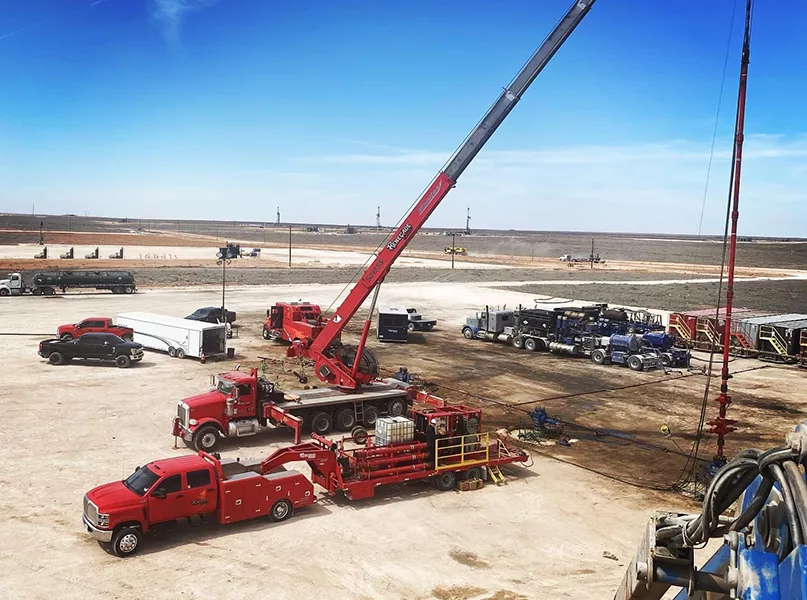
Image Source: Google
Wireline service providers play a crucial role in modern communication by providing the backbone infrastructure that enables the transmission of voice, data, and video across vast distances. These providers, also known as telecommunications carriers or network operators, are responsible for building, maintaining, and operating the physical network of cables and wires that connect homes, businesses, and institutions to the wider telecommunications network.
One of the key advantages of wireline service providers is their ability to offer reliable and high-capacity connections. Unlike wireless networks, which can be prone to interference and congestion, wireline networks provide a dedicated and secure channel for data transmission. This makes them ideal for applications that require a consistent and robust connection, such as online gaming, video conferencing, and real-time data analysis. To acquire more information about wireline service providers, you may visit here https://www.robertson-geo.com/
Another strength of wireline service providers is their ability to offer a wide range of services. In addition to basic voice and data services, they can provide value-added services such as virtual private networks (VPNs), managed security services, and cloud connectivity. These services enable businesses to securely connect their remote offices, access cloud-based applications and resources, and protect their networks from cyber threats. By offering a comprehensive suite of services, wireline providers can meet the diverse needs of businesses and individuals in today's digital economy.
Furthermore, wireline service providers play a vital role in bridging the digital divide. In many parts of the world, particularly in rural and underserved areas, wireline networks are the primary means of accessing the internet. These networks can provide high-speed internet connections to homes and businesses that would otherwise be unable to connect to the digital world. By extending their networks to these areas, wireline providers help to promote economic development, educational opportunities, and social inclusion.
Wireline service providers are also at the forefront of innovation in the telecommunications industry. They invest heavily in research and development to improve the performance and efficiency of their networks. For example, they are constantly upgrading their infrastructure to support the growing demand for higher internet speeds and bandwidth. They are also exploring new technologies such as fiber-optic cables, which can transmit data at lightning-fast speeds over long distances. By pushing the boundaries of what is technologically possible, wireline providers are driving the development of new communication services and applications.
However, wireline service providers also face a number of challenges in the rapidly evolving telecommunications landscape. One of the biggest challenges they face is the increasing competition from wireless service providers. With the proliferation of smartphones and mobile devices, many people are relying solely on wireless networks for their communication needs. This has led to a decline in the demand for traditional wireline services, forcing providers to adapt their business models and diversify their offerings.
Additionally, wireline service providers must navigate complex regulatory frameworks and comply with stringent privacy and security requirements. They must also address concerns around data privacy and protection, particularly in an era of increasing cyber threats and data breaches. To stay competitive and meet the demands of their customers, wireline providers need to invest in robust cybersecurity measures and data protection protocols.
In conclusion, wireline service providers are the unsung heroes of modern communication. They build and maintain the physical infrastructure that enables the transmission of data across vast distances, providing reliable and high-capacity connections. They offer a wide range of services that meet the diverse needs of businesses and individuals, and they help bridge the digital divide by extending their networks to underserved areas. By investing in research and development, they drive innovation in the telecommunications industry. However, they also face challenges such as increasing competition from wireless providers and the need to navigate complex regulatory frameworks. Despite these challenges, wireline service providers are essential in powering our interconnected world.
